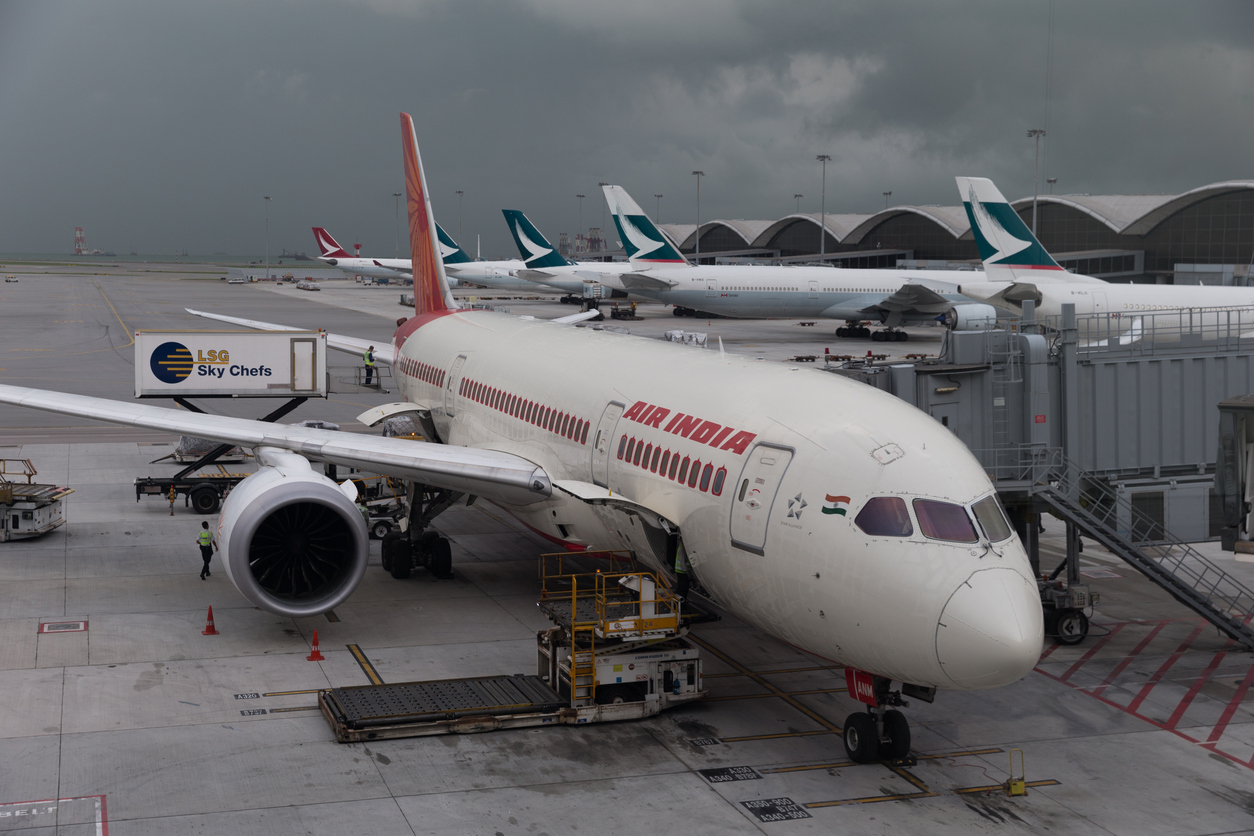
How mounting losses make Air India disinvestment a tall order
The Narendra Modi-led National Democratic Alliance (NDA) government is preparing to exit the business of flying by once again putting Air India on the block, after a failed attempt during its first term.

The Narendra Modi-led National Democratic Alliance (NDA) government is preparing to exit the business of flying by once again putting Air India on the block, after a failed attempt during its first term.
But record losses and a huge debt pile of the airline are likely to make this selloff task a tough one. There are indications that the government has been mulling ways to sweeten the disinvestment deal, by tweaking foreign direct investment (FDI) restrictions on foreign airlines investing in Indian carriers, taking away more of the debt on Air India’s books than previously promised and agreeing to a near complete exit from the airline during this second attempt at disinvestment. However, the latest financials may still cast a shadow on the disinvestment process.
Instead of improving its financials, Air India has reported an increase of over ₹3,000 crore in losses in 2018-19 over the previous fiscal. In fact, Air India posted its highest ever net loss of ₹8,474.8 crore in FY19, which means it was losing almost ₹23 crore each day of the fiscal year. This is the highest loss since the two erstwhile airlines were merged to form the present entity in 2007.
Also read | Relaxing FDI in civil aviation to get Air India off govt’s back?
To put this loss number in perspective, Air India lost more money in FY19 than India’s health budget in that year. The net loss for FY19 saw a rather significant increase from the immediately preceding 12 months when Air India was losing around ₹15 crore daily (₹5,348 crore for 2017-18). Also, according to the airline’s auditors, the accumulated losses now stand at a whopping ₹62,694 crore.
Air India’s current liabilities exceeded its current assets by ₹65,245.87 crore as on March 31 this year. The total debt on its books on that date was ₹58,255.9 crore. The government had earlier decided to transfer nearly half of this debt into a separate Special Purpose Vehicle (SPV) but the transfer had not happened till March. Now, there is talk of taking away even more debt from the airline’s books to make it more attractive for potential bidders.
But till that happens, such a large debt pile, continued and climbing losses and legacy issues make it next to impossible for the airline to find a buyer even if the government were to offer it virtually for free. In its first term, the Modi government tried selling off Air India but the sale had bombed as not a single bidder came forward last year.
In its maiden selloff attempt, the government had offered 74% stake in both Air India and its international low cost arm Air India Express. Besides all of the 50% stake the government held in Air India’s ground handling subsidiary, Air India SATS Airport Services Private Limited (AISATS), was also a part of the package.
Air India’s latest numbers show that not only is the airline sinking deeper into losses, its subsidiaries are also not in the pink of health.
As of March this year, Air India had five subsidiaries: AI Express, Alliance Air (domestic low cost), Hotel Corporation of India, Air India Air Transport Services (wholly owned ground handling arm), Air India Engineering Services and AISATS (ground handling joint venture with SATS of Singapore). During 2018-19, four of these six subsidiaries also reported losses; small profits accrued only from the two ground handling arms.
This written reply in Lok Sabha shows how Air India’s losses have climbed over the years and why the latest numbers are a cause for worry. The airline posted net loss of ₹2,226.16 crore in 2007-08, ₹5,548.26 crore in 2008-09, ₹5,552.44 crore in 2009-10, ₹6,865.17 crore in 2010-11 and ₹7,559.74 crore in 2011-12.
In the first term of the Modi government: In 2014-15, net loss was ₹5,859.91 crore; ₹3,836.77 crore in 2015-16; ₹5,765.16 crore in 2016-17 and ₹5,337 crore in 2017-18.
It is pertinent to note here that a government ostensibly keen on cutting its losses and exiting Air India should not simultaneously keep pumping taxpayers’ money to keep it alive, but that is precisely what the NDA-I did. According to another written reply in Parliament, of the total assistance given to Air India since 2011-12, the maximum amount was provided under NDA-I. In all, ₹30,520.21 crore have been pumped into AI in eight years (between 2011-12 and 2018-19) under an approved turnaround plan and of this sum, ₹17,320 crore or 57% was given within five years of NDA-I.

Was this government serious about disinvestment during its first term or were the oft repeated statements merely part of a political narrative? Why would maximum funding be provided to the airline despite Air India probably missing out on stated financial and operational parameters to which such funding was tied under the turnaround plan?
The urgency to dispose of Air India has significantly increased early in the life of NDA-II, not the least because of the pressure to restore the government’s balance sheet, which is already looking wan after the mega tax giveaway to corporates.
Disinvestment is one way to narrow the yawning fiscal deficit. And in the case of Air India, the room for a sleight of hand, like the merger of MTNL and BSNL, just does not exist.
Also read | Why Centre’s bid to resuscitate ailing BSNL, MTNL may go in vain


